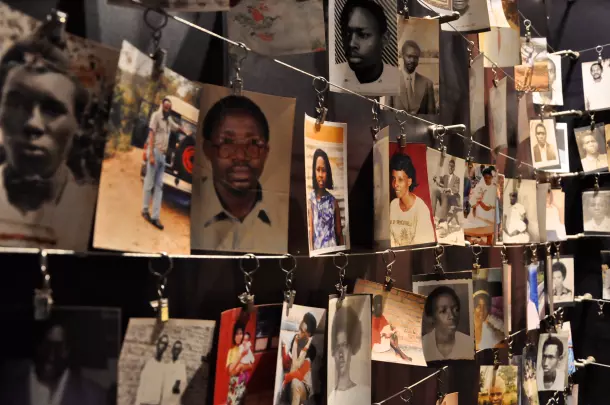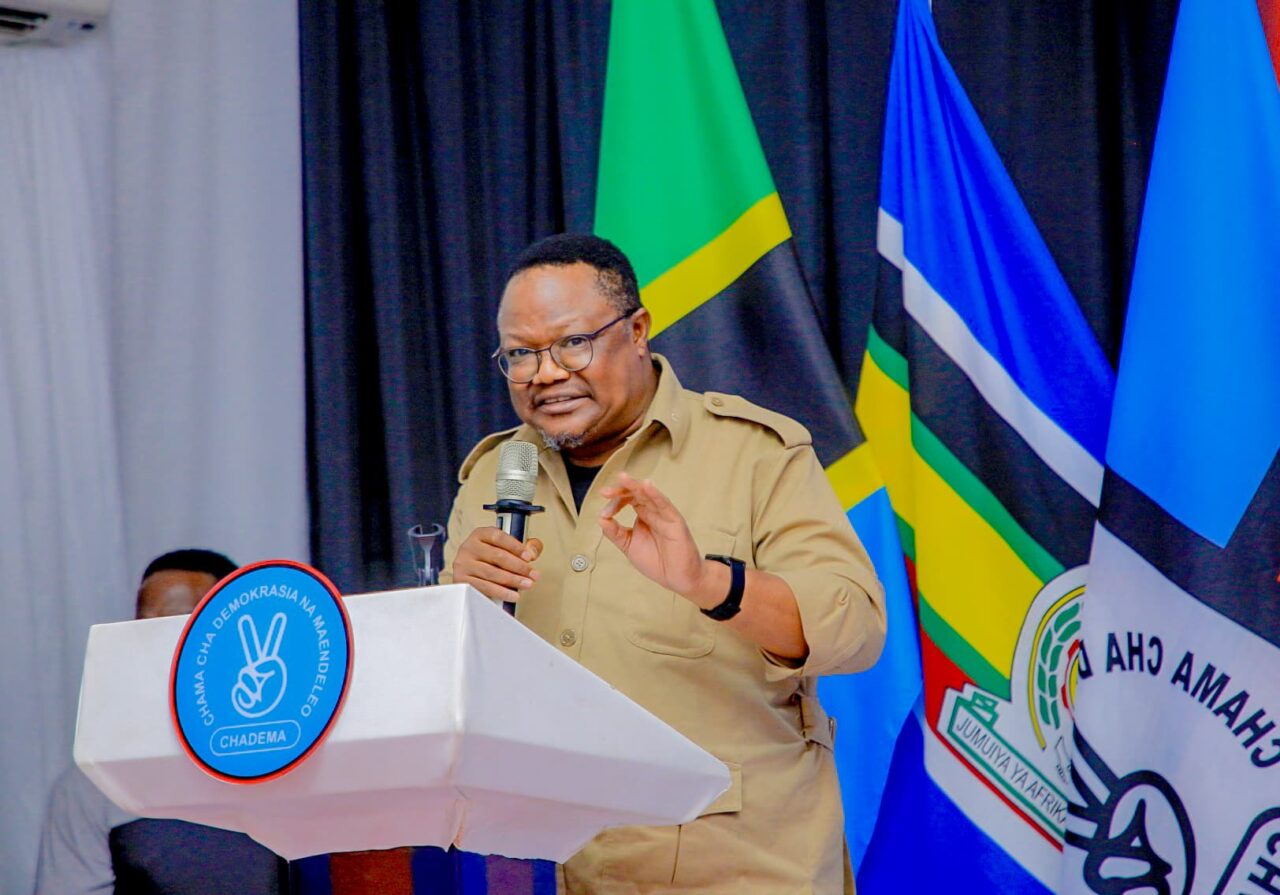Tanzania’s journey toward progress has been steered by visionary strategies intended to catapult the nation into economic, social, and infrastructural advancement.
As the government initiated the process of crafting the Tanzania Vision 2050 earlier this year, a crucial question arose: How can the youth actively participate in shaping this vision?
The youth will contribute to and benefit from the 2050 Tanzania Development Vision. We draw from historical milestones and the transformative role that youth-focused initiatives have played in shaping previous visions.
Tanzania’s voyage towards development traces its origins back to the pre-independence era, an epoch defined by British colonial rule. The absence of formalised development blueprints during this era stands in stark contrast to the subsequent chapters in the nation’s story.
The post-independence era, under the stewardship of President Julius Nyerere, ushered in the Arusha Declaration in 1967, spotlighting self-reliance and collective collaboration.
READ MORE: How Can Tanzania’s Youth Organisations Build Capacity for Effective Civic Education?
Pivotal developmental frameworks, including the First and Second Five-Year Plans (1964-1969 and 1970-1975), trained their focus on pivotal sectors such as agriculture, education, and infrastructure.
The 1980s witnessed a pivot toward market-oriented reforms, an effort to navigate economic hardships that paved the way for structural adjustment programs (SAPs) under the aegis of international financial institutions.
The late 1990s marked Tanzania’s embrace of the Poverty Reduction Strategy Paper (PRSP) methodology, aligning policies with the United Nations Millennium Development Goals (MDGs).
This alignment directed resources towards poverty reduction, education, healthcare, and infrastructure.
Vision 2025 emerged in 1999 as a beacon, striving to elevate Tanzania into a middle-income nation by bolstering economic growth, reducing poverty, fostering good governance, and achieving self-sufficiency in food production.
READ MORE: Women, Youth Should Partner to Address Common Challenges
While every developmental vision championed its unique focal points, the inaugural visions of the 1960s were innately youth-centric.
The very composition of the government in the early post-independence era comprised a substantial youth demographic. Pius Msekwa, for example, served as the Vice Chairperson of the National Electoral Commission between 1962 and 1980, a role he served when he was just 27.
These youthful initiatives aptly illustrated the untapped potential of fresh perspectives and innovative strategies in tackling development complexities.
As Tanzania embarks on the blueprint for its 2050 Development Vision, integrating youth viewpoints takes centre stage.
In the present era, characterised by a burgeoning youth population, an exceptional opportunity materialises to harness their technological acumen, multifaceted outlook, and imaginative vigour.
READ MORE: Ruto, Adesina: Africa’s Youth Biggest Asset for the Continent, World
A dedicated endeavour to involve young voices in the vision-formulating process stands poised to unearth groundbreaking solutions to intricate quandaries encompassing technological advancement, sustainable agriculture, and inclusive education.
Including a ‘Youth Novel Idea’ facet within the 2050 Vision Development Plan can spearhead transformative change.
This initiative could span the gamut of eliciting inventive submissions from young Tanzanians across diverse sectors—from technology and entrepreneurship to environmental preservation and societal growth.
The outcomes can be synthesised into pragmatic strategies that harmonise with the broader goals of the 2050 vision, ensuring resonance with the aspirations of the youth.
Varied avenues can be explored to gather and fathom novel youth ideas on Tanzania’s future. This may range from conducting a straightforward competition around ‘The Tanzania I Dream of in…’ to a more comprehensive endeavour where youth coalesce their visions into a consolidated document linked to ‘Ajenda ya Vijana.’
READ MORE: Chissano Places Africa’s Democratisation Agenda on the Youth: ‘Seize the Moment’
The youth-centred ethos of the early post-independence visions underpins the significance of assimilating inventive concepts from the youth demographic into the 2050 Development Vision.
By harnessing the vigour and ingenuity of its youthful citizens, Tanzania can surge ahead in the realm of sustainable development, sculpting a future that mirrors the values and aspirations of its people.
Ocheck Msuva is the Executive Director of Bridge For Change, a local NGO promoting the meaningful participation of youth in decision-making. He is available at ocheck.msuva@bridge4change.co. These are the writer’s own opinions and do not necessarily reflect the viewpoints of The Chanzo. Do you want to publish in this space? Contact our editors at editor@thechanzo.com for further inquiries.




